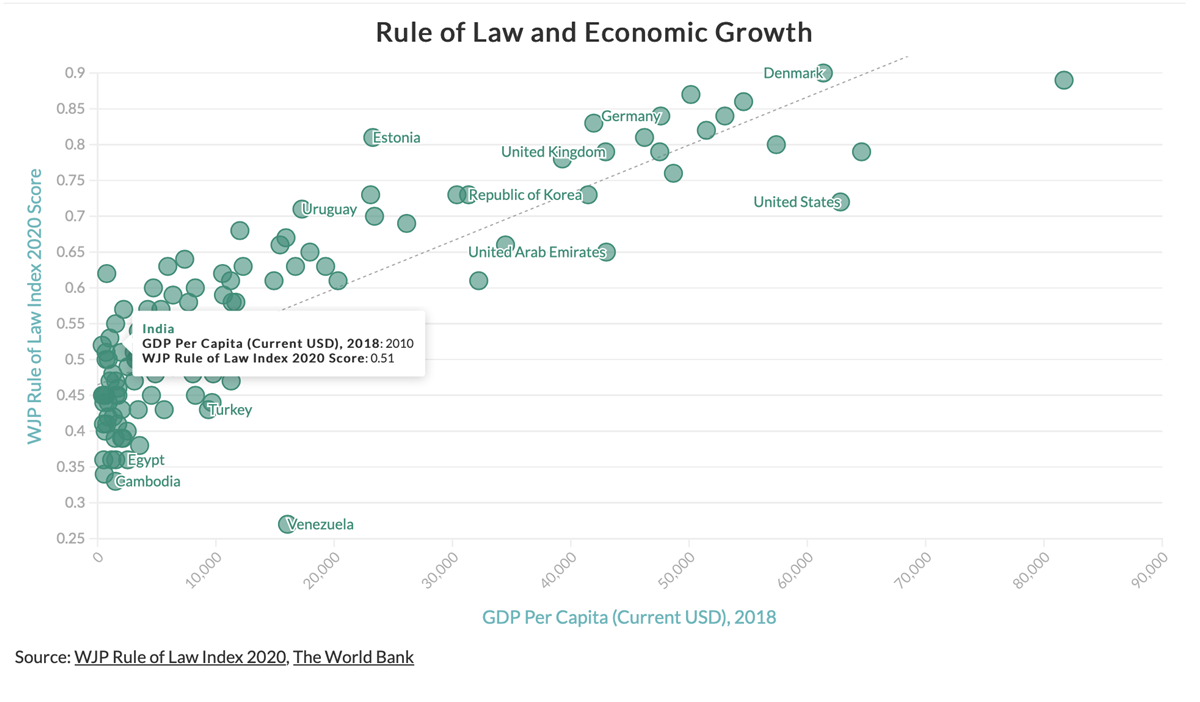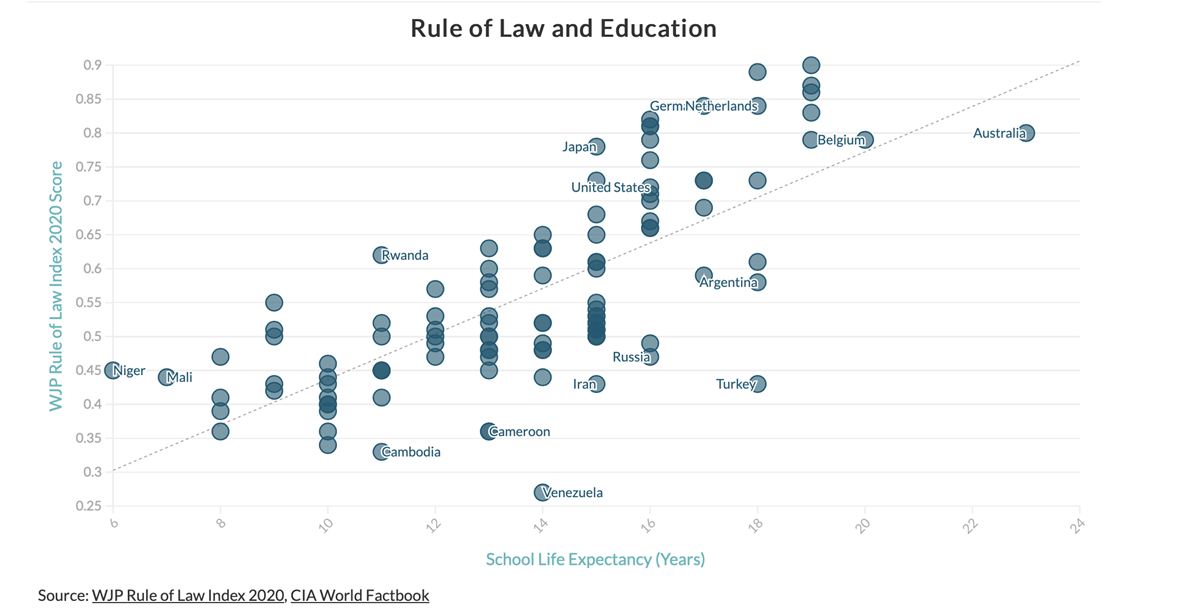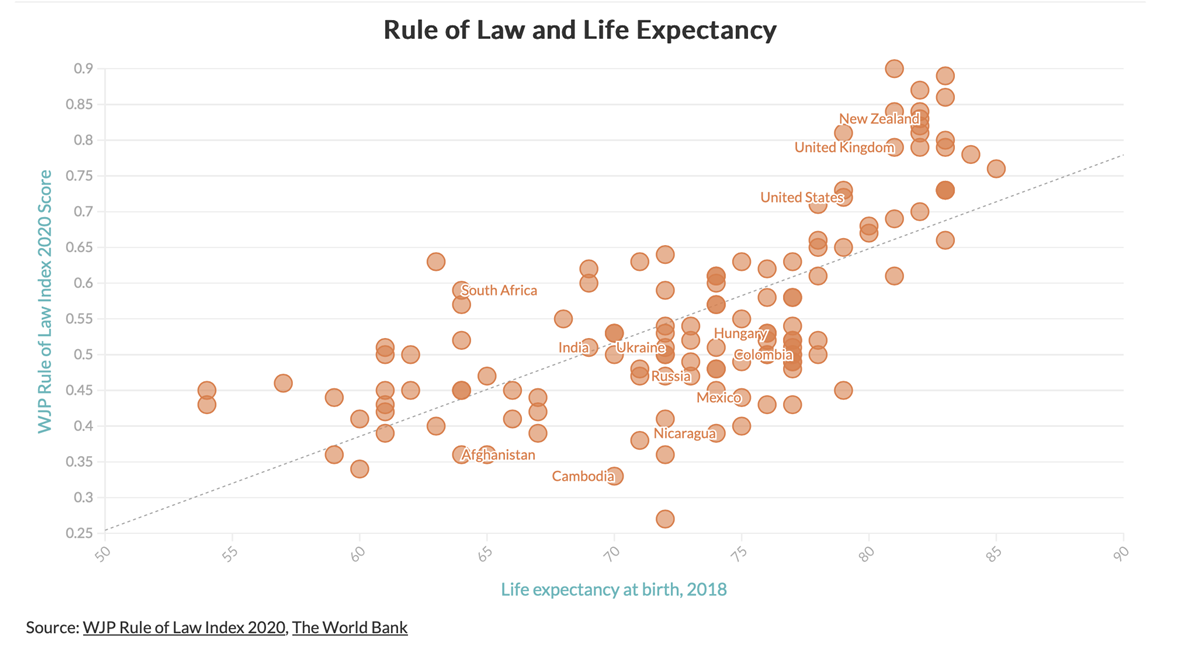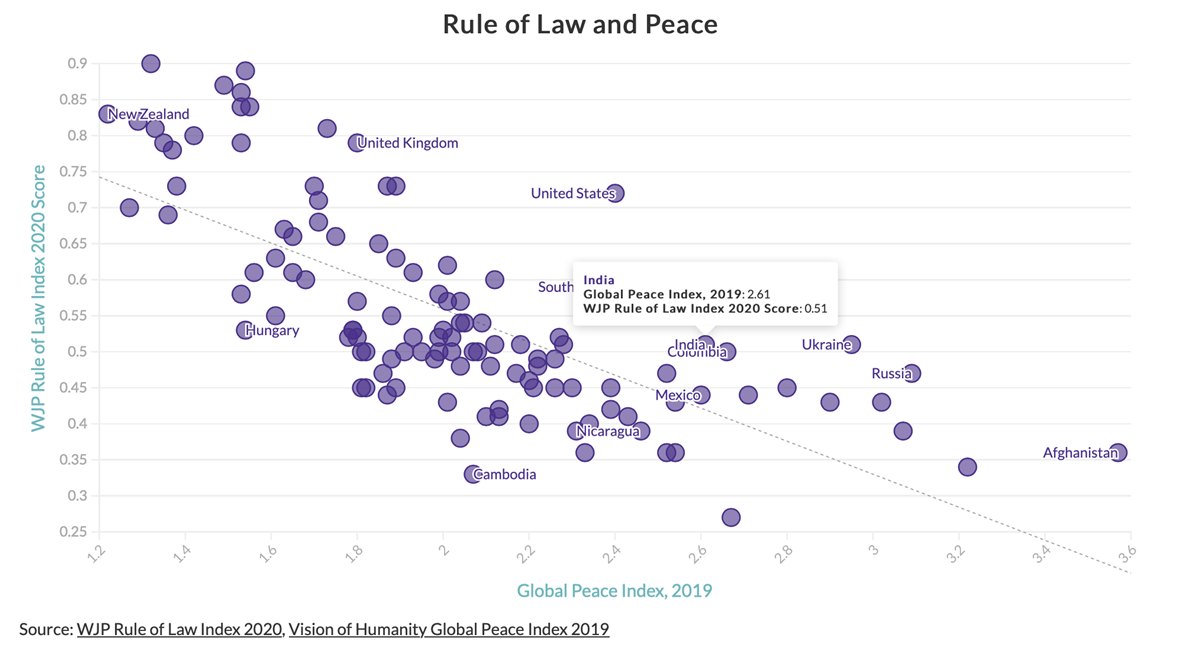Udit Misra is Senior Associate Editor. Follow him on Twitter @ieuditmisra ... Read More
© The Indian Express Pvt Ltd
Latest Comment
Post Comment
Read Comments
 Security forces stand in front of the Colvin Hospital in Prayagraj, Uttar Pradesh during investigation into the Atiq Ahmed murder cae. (Express Photo by Vishal Srivastav)
Security forces stand in front of the Colvin Hospital in Prayagraj, Uttar Pradesh during investigation into the Atiq Ahmed murder cae. (Express Photo by Vishal Srivastav) ExplainSpeaking-Economy is a weekly newsletter by Udit Misra, delivered in your inbox every Monday morning. Click here to subscribe
Dear Readers,
Should Thakur have killed Gabbar at the end of Sholay?
If you haven’t watched the 1975 super-hit Hindi film, here’s a spoiler alert.
The movie ends with Thakur Baldev Singh (played by Sanjeev Kumar), choosing to spare the life of the villainous dacoit Gabbar Singh (played by Amjad Khan).
It is noteworthy that Thakur does this because his fellow police officers (who incidentally are portrayed as quite ineffectual right through the movie) remind him that he should not take law into his own hands, especially since he had been a model police officer in his past life.
However, this was not the original ending to the movie. Indeed, the cast had first shot an end where Thakur brutally kills Gabbar to avenge Gabbar killing Thakur’s whole family. Gabbar had done that, in turn, to get back at Thakur for putting him behind bars.
Sholay’s Director Ramesh Sippy had told The Indian Express in 2018 that he was unhappy about being forced by the Indian censor board to change the ending.
If the public mood is anything to go by, many in India, especially in Uttar Pradesh, would choose the original ending — rule of law and procedures be damned.
To be sure, such a choice appears understandable — efficient even — when the regulatory systems themselves are weak. It can be argued that if the overall justice system is fledgling — for instance, if the judiciary or jail administration is inefficient and corrupt — there is no point rigidly applying first world notions of the rule of law. In this case, for instance, it can be argued that, given the lousy state of justice system — at least inside the fictional Ramgarh — Gabbar would have broken free yet again and this time come back to finish off Thakur. Wouldn’t it have been better for Thakur to sort out the matter once and for all while he had the chance?
The other way to look at the situation is to respect the essential thing that changed when India attained Independence: The governing principle went from Rex Lex (i.e. The King is the Law) to Lex Rex (i.e. The Law is the King). If every police officer, in service and retired, was to go about killing people as he felt right, the social order would crumble and the economy would collapse. After all, who would want to lend or borrow money (either to buy or invest) in such an economy? Moreover, not adhering to the rule of law because it is weak can be a self-fulfilling prophecy whereby the rule of law progressively weakens because it is not enforced even by those who are supposed to uphold it.
As perhaps brought out by the above example, in its essence, the notion behind the rule of law is to curb the exercise of arbitrary power by anyone. But, formally defining the rule of law can be much more onerous and can often lead to rather serpentine definitions.
For the United Nations (UN), the rule of law “is a principle of governance in which all persons, institutions and entities, public and private, including the State itself, are accountable to laws that are publicly promulgated, equally enforced and independently adjudicated, and which are consistent with international human rights norms and standards”.
The better approach is to outline what is expected when the rule of law prevails.
The World Justice Project (WJP), which is an independent, multidisciplinary organization working to advance the rule of law worldwide, lays out four broad outcomes, as it were, if the rule of law prevails in a country.
These are:
Accountability: Implying that the government as well as private actors are accountable under the law.
Just Law: Implying that the law is clear, publicised, and stable and is applied evenly. It ensures human rights as well as property, contract, and procedural rights.
Open Government: Implying that the processes by which the law is adopted, administered, adjudicated, and enforced are accessible, fair, and efficient.
Accessible and Impartial Justice: Implying that justice is delivered timely by competent, ethical, and independent representatives and neutrals who are accessible, have adequate resources, and reflect the makeup of the communities they serve.
Each year, the brings out a report ranking countries on the basis of the rule of law index. The index measures people’s perceptions and experiences of the rule of law in 140 countries and jurisdictions. The data featured in the 2022 report comes from global surveys completed by more than 154,000 households and 3,600 legal practitioners and experts
How is the index constructed?
To build this index, the WJP looks at eight factors, which are further sub-divided into 44 sub-factors.
The eight main factors are as follows:
Constraints on government powers: This includes things like how effectively does the legislature or the judiciary deal with the government.
Absence of corruption: This essentially ascertains if public offices are being used for private gains.
Open Government: This includes things such as the right to information and laws and government data are well publicised.
Fundamental rights: This also includes whether the due process was followed.
Order and security: Whether crime is effectively controlled and civil conflict limited etc.
Regulatory enforcement: Things like whether regulations are effectively enforced etc.
Civil justice: Includes factors such as whether people can afford and access civil justice,
Criminal justice: Includes factors such as whether due procedures are followed etc.
The index values range between 0 and 1 with 1 being the score for complete adherence to the rule of law.
Look at Charts 1 to 4. Research shows that a stricter adherence to the rule of law is positively correlated to higher economic growth, better educational attainment, improved health outcomes, and greater peace among other benefits.
 Rule of law correlates to higher economic growth
Rule of law correlates to higher economic growth Rule of law correlates to better educational attainment
Rule of law correlates to better educational attainment
 Rule of law correlates to improved health outcomes
Rule of law correlates to improved health outcomes
 Rule of law correlates to greater peace
Rule of law correlates to greater peace
India’s overall score in the 2022 report is 0.5 and its global rank is 77 out of 140 countries. Table 1 alongside captures how India performed on the various sub-categories. It is noteworthy that in 6 out of the 8 categories, India’s rank is lower than its overall rank.
 Table 1: India’s performance on rule of law index
Table 1: India’s performance on rule of law index
Even though India’s score hasn’t changed, it has moved up two places in the latest rankings. However, if one compares it to 2015, the score has fallen marginally from 0.51 to 0.50 while the rank has changed from being 59th out of the 102 countries ranked in 2015.
Within the South Asia region, India is placed third, behind Nepal and Sri Lanka, out of six countries; Bangladesh, Pakistan and Afghanistan being the other three.
Among the 38 countries that fall under the same income bracket — namely lower-middle income — India is ranked 9th. Countries such as Senegal, Ghana, Indonesia and Ukraine were ahead of India as of the 2022 report.
The WJP Index does not provide sun-national ranks. However, the India Justice Report (IJR) — a collaborative effort between DAKSH, Commonwealth Human Rights Initiative, Common Cause, Centre for Social Justice, Vidhi Centre for Legal Policy and TISS-Prayas — for the year 2022 ranks UP at 18 among the 18 large and mid-sized states of India.
As the Table 2 shows alongside, UP has been stuck at the bottom level since 2019 when IJR was first released. Moreover, it has ranked poorly in each of the four sub-components of the IJR.
 UP has been stuck at the bottom level since 2019 when IJR was first released.
UP has been stuck at the bottom level since 2019 when IJR was first released.
UP was never particularly known for upholding the rule of law. The ongoing approach to dealing with mafia in the state is attracting a lot of attention. What do you think: Is UP establishing the rule of law or further undermining it? Share your views and and queries at udit.misra@expressindia.com
Until next week,
Udit